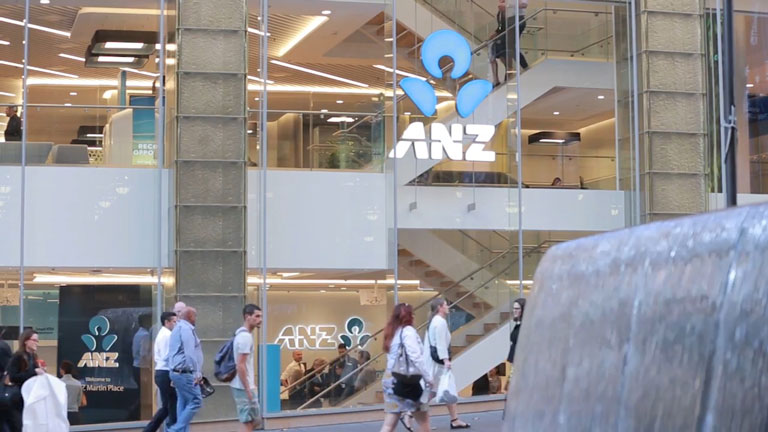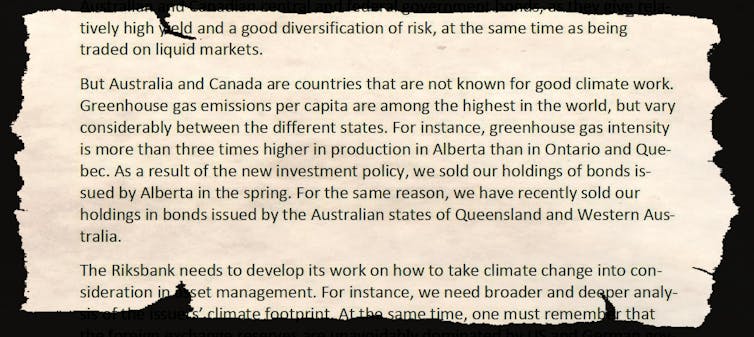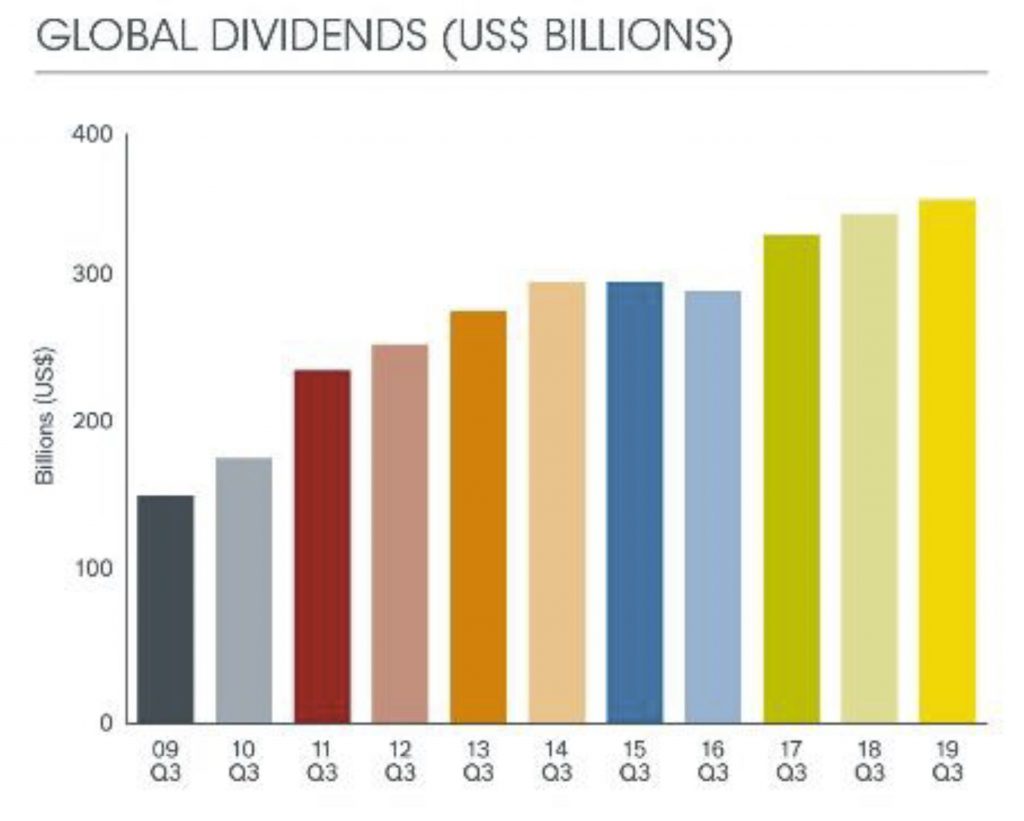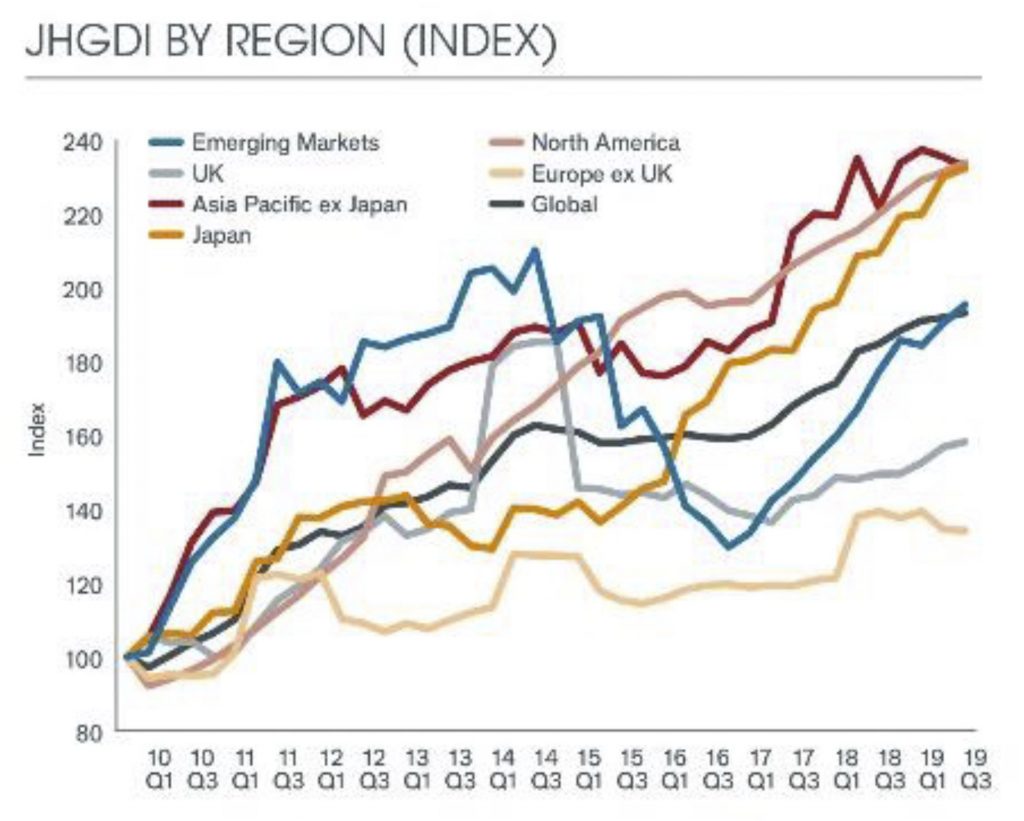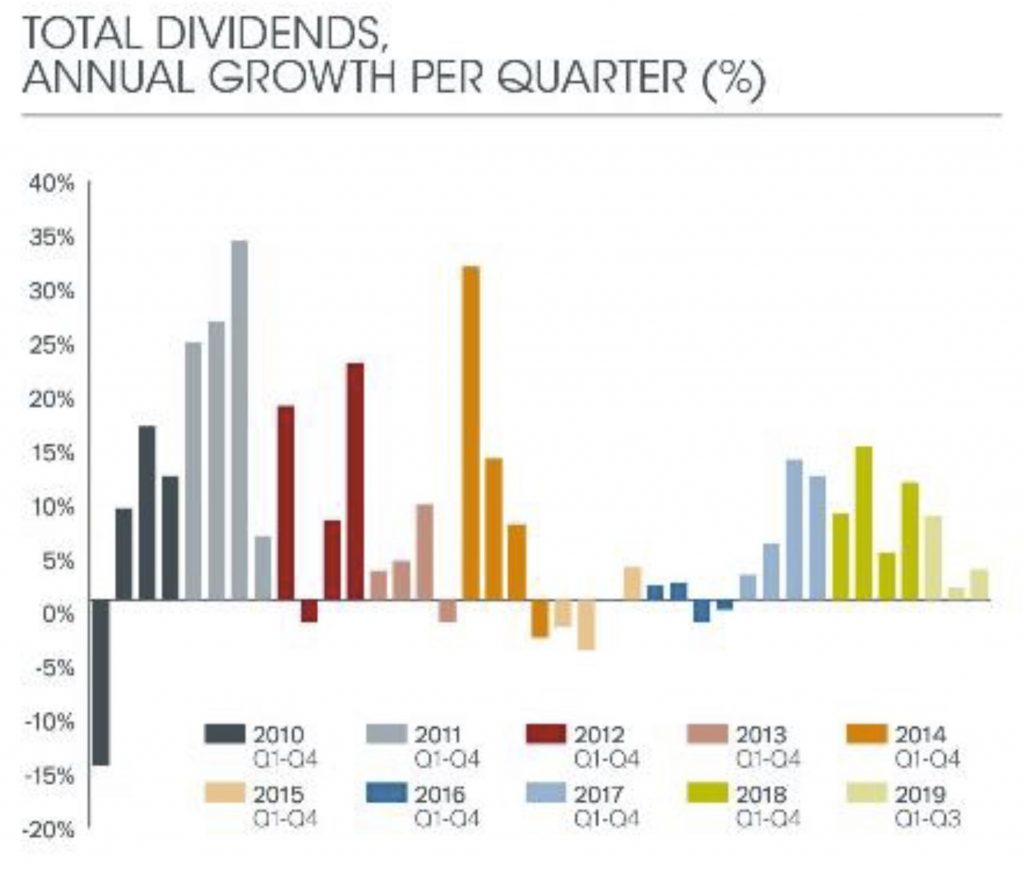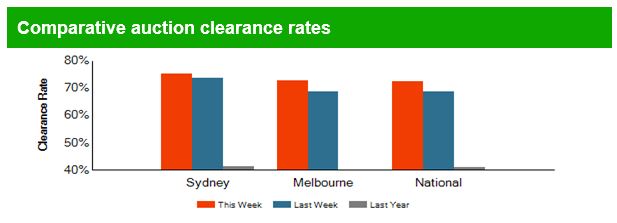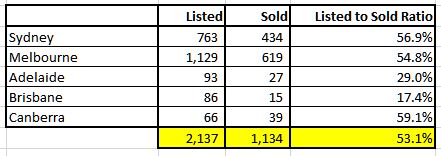New guidelines to be applied by Australia’s banks to debt collection agencies have been released today.
This voluntary Industry Guideline complements the provisions of the Banking Code of Practice (the Code) set out in Chapter 14 (Customers who may be vulnerable), Chapter 41 (Financial Hardship) and Chapter 43 (Recovering a Debt).
This guideline reflects good industry practice and the ABA encourages members to use this guideline to set internal processes, procedures and policies. This Guideline should be read in conjunction with the:
- Banking Code of Practice
- ABA Industry Guideline: Financial abuse and family and domestic violence policies.
This Guideline will commence operation from 1 March 2020. Contractual arrangements with some debt buyers may not be able to be updated until their contracts are renegotiated. Some necessary changes may not be able to be made until after the 1 March 2020 implementation date – where this is the case banks will endeavour to comply with the guideline on a best endeavours basis in the first instance and where it is brought to their attention that they have not complied with the guideline, they will promptly rectify this issue for the customer.

The new guidelines outline the process banks must follow before they sell any debt and also what happens once that debt is sold. This includes:
- Proactively contacting a customer to find other solutions before a debt is sold (this can include restructuring, consolidation and hardship support
- Not selling any debt that is in the process of being disputed by a customer
- Only contracting debt collectors that follow all regulatory codes and a bank’s own policies for supporting customers in hardship
- Regular auditing of all contracted debt collectors to ensure they meet the high standard set by the new guidelines
- The bank will require a debt collector to consult with a bank before bankruptcy is initiated, giving the bank an opportunity to repurchase the debt if a vulnerability is identified
- As an interim before a government review, each bank will assess the bankruptcy threshold and determine an appropriate level (for competition reasons the industry as a whole cannot set its own level)
- If a customer has an ongoing vulnerability and there is no reasonable prospect of the debt being repaid a bank will not sell this debt.
As part of the new guidelines the Australian Banking Association, along with consumer groups the Consumer Action Law Centre, Financial Counselling Australia and the Financial Rights Legal Centre, have written to Federal Attorney General Christian Porter requesting a review of the $5,000 threshold for forced bankruptcy.
CEO of the Australian Banking Association Anna Bligh said the new guidelines contained a wide range of new measures which would increase protections for customers with unsecured debt.
“Banks are stepping up to the plate to ensure vulnerable customers are protected and supported when struggling with unsecured debt such as credit cards and personal loans,” Ms Bligh said.
“Under the new guidelines banks will rigorously audit debt collectors to ensure customers are being treated fairly and with appropriate care, they’ll have the option to buy back debt before any bankruptcy proceedings begin and other significant increases in customer protections,” she said.
Fiona Guthrie, CEO of Financial Counselling Australia said “”Financial counsellors appreciate the speed with which the banking industry has responded to concerns about the mis-use of forced bankruptcy.
“This new guide includes some really important protections, including that even if a bank sells a debt, the debt purchaser cannot move to forced bankruptcy without the permission of the bank,” she said.
Gerard Brody, CEO of the Consumer Action Law Centre said “We applaud banks taking practical action to ensure forced bankruptcy is the last resort possible.”
“It is so important that debt buyers understand customer circumstances and explain why bankruptcy is appropriate before taking this sort of harsh debt collection action.
“No one should risk losing their home because they’ve found themselves in a vulnerable financial position,” he said.
CEO of Financial Rights Legal Centre Karen Cox said they appreciated the banks’ swift response on this important issue.
“This Guideline should mean that small bank debts do not easily lead to homelessness and disproportionate financial loss,” Ms Cox said.
We also appreciate the support of the banks in calling for an increase in the bankruptcy threshold so that people are no longer subject to similar risks from other types of small debt,” she said.

